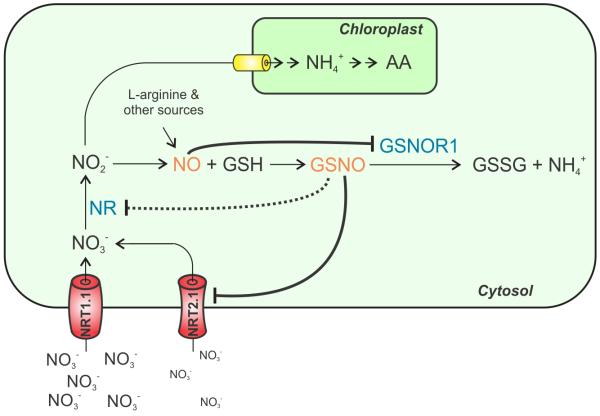Figure 5. Schematic model for the control of nitrogen assimilation in plants through nitric oxide signalling.
Nitrate (NO3−) is taken up by nitrate transporters (NRT) in roots and reduced in leaves to nitrite (NO2−) by nitrate reductase (NR). Besides the transport to chloroplasts where it is reduced to ammonium (NH4+) and incorporated into amino acids (AA), nitrite can be reduced to nitric oxide (NO) by any favourable reducing power. NO is also thought to be generated from other sources, such as L-arginine. NO reacts with reduced glutathione (GSH) producing S-nitrosoglutathione (GSNO), the major cellular reservoir of NO. The levels of GSNO are controlled by the enzyme GSNO reductase (GSNOR), which catalyses the reduction of GSNO to oxidized glutathione (GSSG) and ammonium (NH3). GSNO inhibits nitrate uptake and reduction and NO S-nitrosylates and inhibits GSNOR preventing GSNO degradation. In this way NO, one of the end products of nitrogen metabolism, feedback regulates flux through nitrate assimilation pathways and controls its bioavailability by modulating its own consumption.

